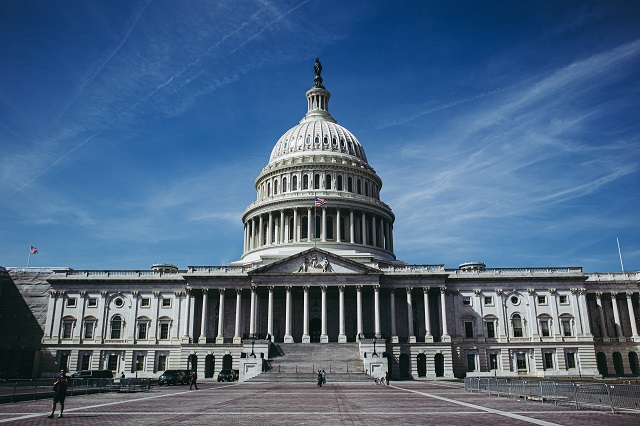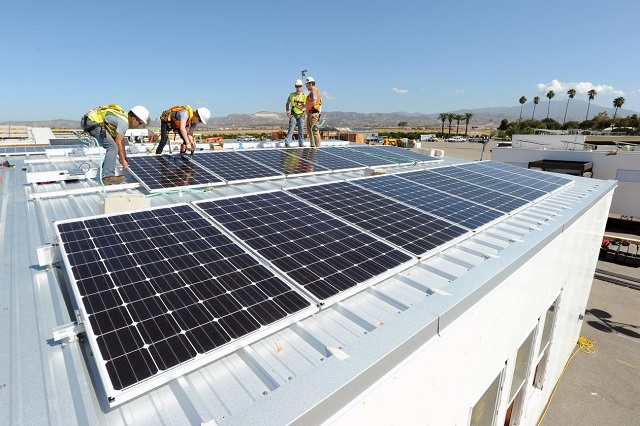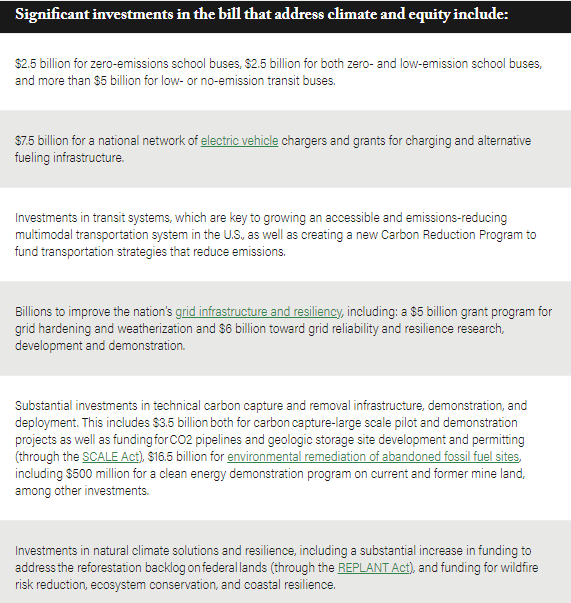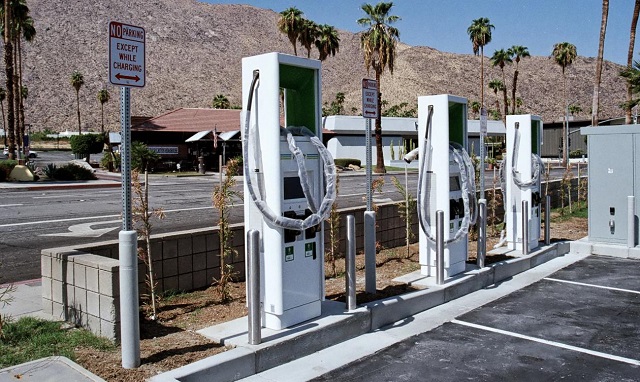
Unprecedented extreme weather events have taken a heavy toll on people and communities across the United States, with loss of life and impacts on livelihoods that cannot be quantified. These events have also cost U.S. taxpayers $99 billion in damages last year alone — as the frequency and intensity of extreme weather increase due to climate change, these costs are only expected to rise.
The Infrastructure Investment and Jobs Act recently signed into law could not be more urgent. With billions of dollars dedicated to water, transportation and energy infrastructure it is an important step toward delivering on its climate commitments.
A Move Toward Meeting Climate and Equity Goals
Extreme weather events impact everyone — no community is immune to the consequences of schools and home flooding or burning, power outages, roads closures, and more. However, these events are particularly devastating for those facing socioeconomic inequalities, including low- income, Black, Latino, or Indigenous communities, and other communities of color.
President Biden, along with Climate Envoy John Kerry, has demonstrated commitment to ambitious action on climate change domestically as well as leadership in the international climate negotiations at COP26 in Glasgow — repeatedly stating “the U.S. is back.” But many people are waiting to see what it means in reality. What will it deliver? Those familiar with the U.S. political system understand that the president — however influential — cannot realize these commitments alone.

The Infrastructure Investment and Jobs Act — passed by the US House of Representatives on November 5 (after having been passed by the senate) and signed into law by President Biden on November 15 — is a crucial move in the right direction. While the passage of this law alone is not sufficient to tackle the climate crisis, it will set the country on the right track and provide real economic, life-affirming benefits for people’s lives — now and into the future.
However, Congress must finish the job by passing the climate investments in the Build Back Better Act immediately to help meet climate challenges, safeguard competitiveness in the transition to a clean energy economy, and ensure that more people can participate fully in the economy. The passage of both these bills will be the most significant action ever by the US Congress on climate change.
This infrastructure bill serves as a down payment toward infrastructure designed for tomorrow’s world of increasing climate impacts, a competitive global race in manufacturing and innovation of clean energy technologies, and making electric transportation for all of the U.S. a reality, while also creating good clean energy jobs, providing access to clean school buses and drinking water, and building up the power grid for clean energy sources.

The Bill is About More Than Dollars and Cents
These investments are about tangible improvements in the lives of people living in the U.S. Here are six ways this bill can have an impact — moving towards a more climate-resilient and competitive economy, while reducing carbon emissions:
1) On the school run:
More than 20 million kids ride polluting diesel school buses every day that pose a real health risk to kids and the communities they travel through. Some 60% of students from low-income families ride the bus to school, compared to 45% of students from higher incomes families, and people of color and with lower incomes are disproportionately endangered by air pollution. Electric school buses are an operational and realistic alternative to diesel buses, but to date make up less than 1% of the 480,000 school bus fleet — in part because they currently cost substantially more upfront. The $2.5-5 billion allocated for clean electric school buses, and associated charging infrastructure and technical and workforce support, is the right thing to do for kids and the climate.

2) Supporting good quality, climate-smart jobs in industry:
The Bill includes support for the carbon management technologies and infrastructure necessary to achieve net-zero emissions by mid-century. This will create well-paid jobs that sustain families for those building and manufacturing technology and enhance competitiveness.
3) When you have somewhere to be:
Modernizing the rail system will benefit the millions of people who rely on rail for work and travel. And by replacing thousands of buses with clean, zero-emission vehicles, it will benefit all of us who rely on public transit daily. Communities of color often have insufficient access to transit options, while being twice as likely to take public transportation, thus investments at this scale will make public transportation more accessible to communities most in need of it.
4) As prices rise at the pump:
The Bill makes a down payment on the installment of electric vehicle infrastructure in the U.S. We cannot hope to address climate change without electrifying transportation, as the transportation sector is the biggest contributor to U.S. greenhouse gas emissions. However, many drivers can’t see themselves in an electric vehicle because convenient charging infrastructure isn’t visible or readily available. This funding will enable deployment of electric chargers on highways as well as in communities near people’s work and homes, with a particular focus on rural and low-income communities.
5) When the forecast isn’t looking good:
The world is facing more extreme weather events, which affect us all — but not all of us equally. Climate-fueled disasters particularly endanger vulnerable low-income households, with limited resources to recover from these events, while people of color are more likely to live in areas vulnerable to climate change related disasters. According to the White House, the Bill will invest $50 billion in protection against events like heat waves, floods and droughts, as part of spending on systems and infrastructure that is responsive to this new reality. For example, it aims to reduce the risk of wildfires and support firefighters on the frontlines, and increase the resiliency of transportation infrastructure.
6) When you turn on the tap:
The Bill will invest $55 billion to expand access to clean drinking water for the up to 10 million households and 400,000 schools and child care centers that currently lack this fundamental ingredient for a healthy life.
A Good Start, But More is Needed — Looking Ahead to the Build Back Better Act
While these investments should indeed be applauded, all analyses show it is not nearly enough to meet the magnitude of the climate challenge facing the country, and the world. That is why Congress must enact the Build Back Better Act promptly to ensure we are on track to face this challenge while growing the economy and preventing the worst impacts of a warming climate, for those of us on the planet today and for generations to come. The Build Back Better Act will put us in striking distance of the emission reduction commitment for 2030.
Nonetheless, the Infrastructure Investment and Jobs Act provides real benefits and a window into the value robust climate action could bring to the daily lives of people across the country.
This article was originally published on WRI’s Insights.
Christina DeConcini is Director of Government Affairs at World Resources Institute.
Jillian Neuberger is Legislative Engagement Manager at World Resources Institute.





